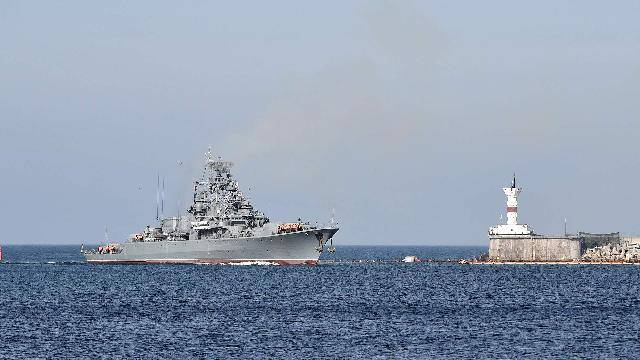The product will help to effectively cover coastal bases and ship parking areas
A complex of active protection against unmanned boats (BEC) and underwater drones has been developed for the Russian Navy. This is a special underwater barrier with charges mounted on it. When approaching marine drones, it is remotely detonated, destroying enemy watercraft. Experts note that the barrier will help cover military bases and ship parking areas in the areas of operation of enemy tanks and underwater vehicles, and it can also be used to combat saboteurs.
Timely undermining
A special active protection complex is an underwater barrier equipped with interconnected powerful explosive charges. It can be installed at the entrance to ports or on external raids — where you can expect attacks from unmanned boats or underwater drones. As they approach, the barrier is undermined, destroying enemy strike complexes, sources in the Russian Defense Ministry told Izvestia.
The interlocutors noted that the explosion of the barrier is carried out remotely — for example, from a coastal point located at a protected facility.
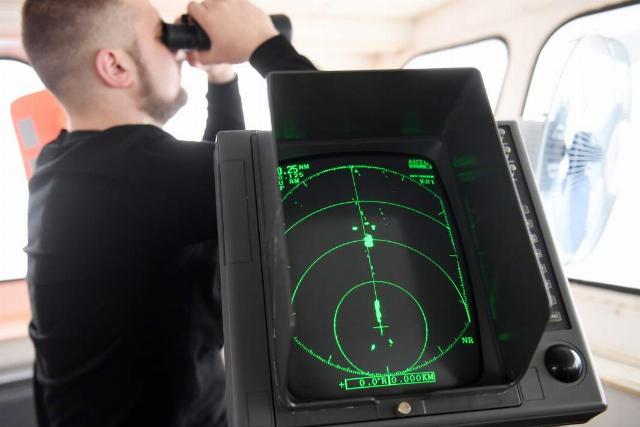
Photo: RIA Novosti/Vladimir Vyatkin
Image source: iz.ru
Such a system for protecting ships or individual bays is quite simple and can be quickly manufactured, military expert Dmitry Boltenkov told Izvestia.
— The algorithm of action itself should be simple, — he noted. — Approaches to the protected water area will have to be monitored by sonar, radar, and visual observation points. When approaching, they will have to send an alarm signal to the explosive barrier control center. After that, it remains for operators to track the approach of BACks or underwater drones and detonate at the right moment. It is important to correctly calculate the power of the charges so that they do not damage their ships or vessels. All formulas have been known for a long time. Technically, the implementation of such a project is not very difficult.
The expert noted another important feature of the barrier.
"Underwater explosions have a more powerful effect on objects located at depth, and these are not only drones, but also torpedoes," he said. — In the same way, you can destroy enemy submarine saboteurs if they try to break through to our ships. The new barrier must also be effective in the fight against them.
When creating the barrier, the combat experience of the Black Sea Fleet, which he received during a special military operation, was taken into account, military expert, Captain I rank Vasily Dandykin told Izvestia.
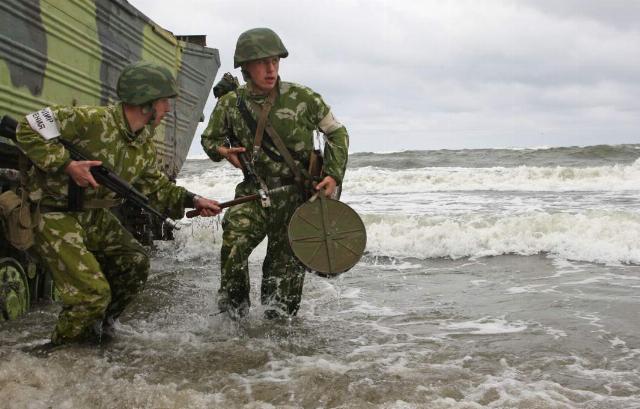 |
| Exercises of the Armed Forces of the Russian Federation. |
| Source: RIA Novosti/Igor Zarembo |
— Now it is important to work out the technology quickly and efficiently — it is viable and should benefit, — he noted. — This barrier will at least strengthen the protection of the Sevastopol raid. In order for it to work effectively, it is important to ensure timely detection. To do this, naval aviation should be more actively involved, which could ensure the installation of marine sonar buoys to detect surface and underwater enemy watercraft. At the same time, we need to develop our drones — as you know, it's best to treat like this.
At the same time, the expert noted that such barriers are necessary for all fleets, since the situation is "heating up around our borders."
"The Baltic Sea is especially restless right now,— he reminded. — Finland and Sweden have recently joined NATO, which has expanded the areas where unfriendly forces operate.
Dmitry Boltenkov also said that the barriers, similar in their principle of operation, but made at a different technical level and designed to fight against large warships, were developed by Russian engineers on the eve of the First World War.
— In 1914, minefields were installed in the Sevastopol area, which could be activated remotely, — he said. — In the autumn of the same year, the German battlecruiser Goeben shelled our coast, but unfortunately we did not have time to activate the minefields.
Fighting robots
The Russian Navy is practicing tactics against naval drones in all fleets. Earlier, Izvestia wrote that a new training course on anti—ship protection was included in the combat training program for surface ships. It provides training for ship crews, as well as ship formations, to counteract attacks and unmanned aerial vehicles.
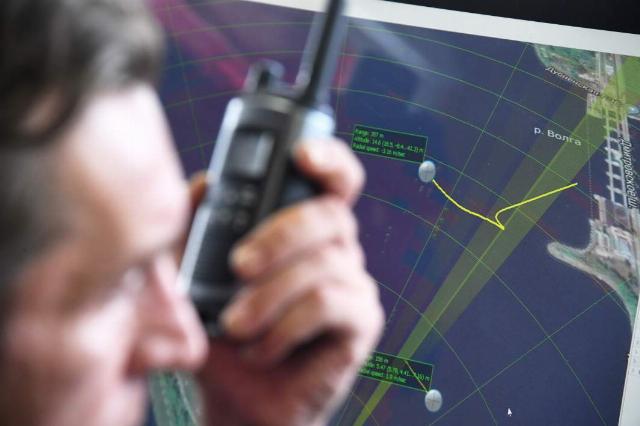
Photo: RIA Novosti/Ilya Pitalev
Image source: iz.ru
The training course includes exercises such as shooting at surface and small-sized air targets. To combat the new threat, the crews received additional weapons — heavy machine guns, anti-drone and pump-action rifles, night vision devices and other special equipment.
The navy is already working out tasks for the collective protection of bases and ships from attacks by the back and UAVs.
Find the signal
The military special operation clearly outlined the problem of fighting enemy unmanned boats. To counter this threat, a fundamentally new technique is needed, the development of which is in full swing.
Izvestia has already written about the CHVA-001-04RP-E long—range radio monitoring complex - it was developed by the Vector Research Institute. It allows you to detect working radio-electronic means of sea, land and air basing. The detection range of radiation sources is beyond the radio horizon. This is achieved due to the peculiarities of the propagation of radio waves over the water surface.

KamAz and Ural trucks
Image source: Photo: RIA Novosti/Maxim Blinov
The complex includes an antenna device with a receiver and information processing and display devices. The complex is passive, so it does not emit radiation when working and the enemy cannot detect it. Currently, work is underway to increase the mobility of the complex. In particular, it is proposed to install it on highly passable KamAZ vehicles, which will allow you to quickly transfer equipment to the threat areas.
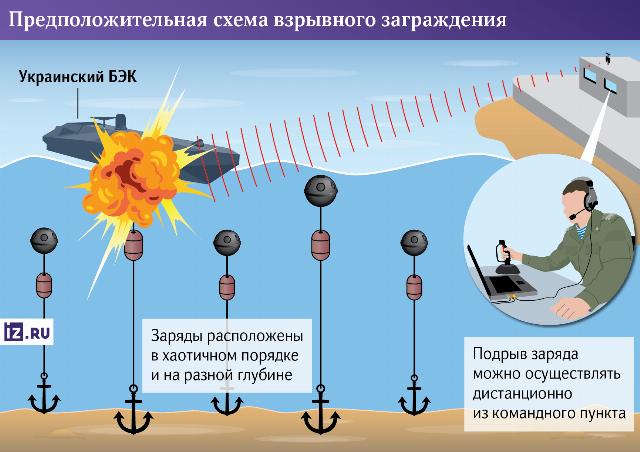
Bogdan Stepovoy
